Indie games have been growing in popularity in recent years, offering refreshing alternatives to the big budget blockbusters released by the major game studios. Though modest in production values compared to AAA titles, indie games often make up for it with fresh ideas, unique gameplay mechanics, and a more experimental style.
Indie studios typically consist of small teams of developers who build their games on tight budgets. Freed from studio politics and the need to appeal to broad market trends, indies tend to pursue concepts that larger companies shy away from. They’re willing to take more creative risks because they don’t face the same massive financial investments AAA developers do.
The rise of digital distribution platforms like Steam have vastly expanded the potential audience for indie games. Indies now have easier access to share their games with players around the world without relying on publishers to market and distribute their titles. Crowdfunding sites like Kickstarter have also been a boon, allowing gamemakers to fund projects directly from supporters.
Of course, not every indie game turns into a hit. Small, experimental games are more likely to occupy niche audiences. But when you do stumble onto something special created by a tiny indie team, it tends to feel all the more extraordinary. After all, just a few developers pulled off something that moved you.
While indie studios have grown on average since the ’90s, the independent spirit lives on in this sector of the game industry. Gamemakers unwilling to compromise their vision continue to take risks that larger studios won’t. The freedom to create something wholly their own will always attract talented designers and developers. And as long as indie studios keep pursuing their individual passions, gamers will continue to reap the benefits of their creative ambitions. in this article we are about to interduce some of the best indie games that you really shouldn’t miss.
Nobody Saves the World
Nobody Saves the World is an indie game and a humorous action RPG from Drinkbox Studios, the developers of Guacamelee! It features a unique shape-shifting mechanic that allows you to transform into 15 different forms to overcome puzzles and enemies.
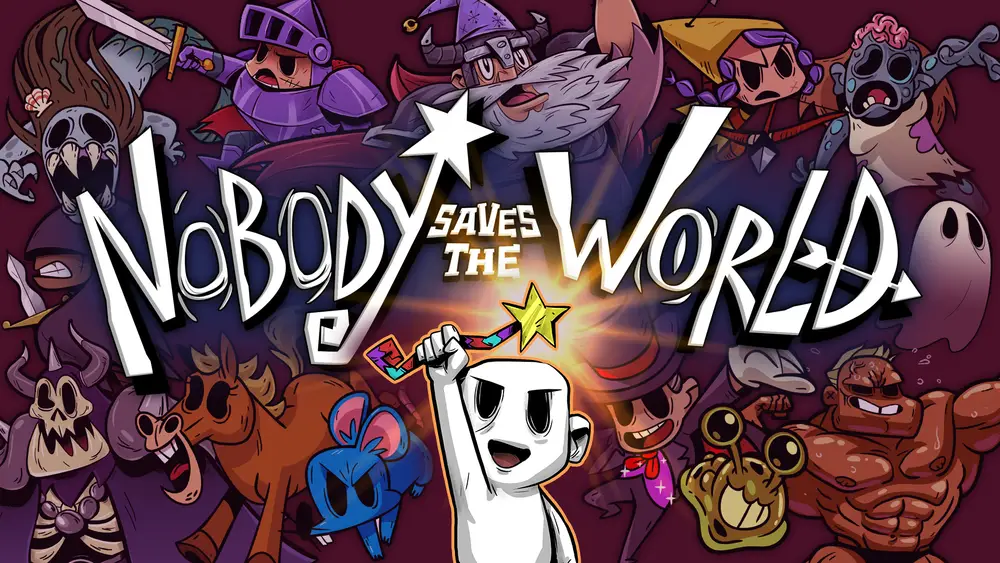
The game stars a nameless nobody on a quest to save the world, although he’s not exactly eager to take on the job. You start by controlling an ordinary slug with a sword and shield. But as you explore the overworld and dungeons, you’ll gain new shapeshifting forms like a rabbit, dragon, mage, gryphon and more.
Each form has unique abilities to help you progress. For example, the frog form can leap high and swim, while the rat can squeeze into small passages. You’ll need to switch forms frequently to reach new areas, interact with objects, and defeat different enemies. Mastering all the forms and chaining their abilities together is key to unraveling the game’s many puzzles and challenges.
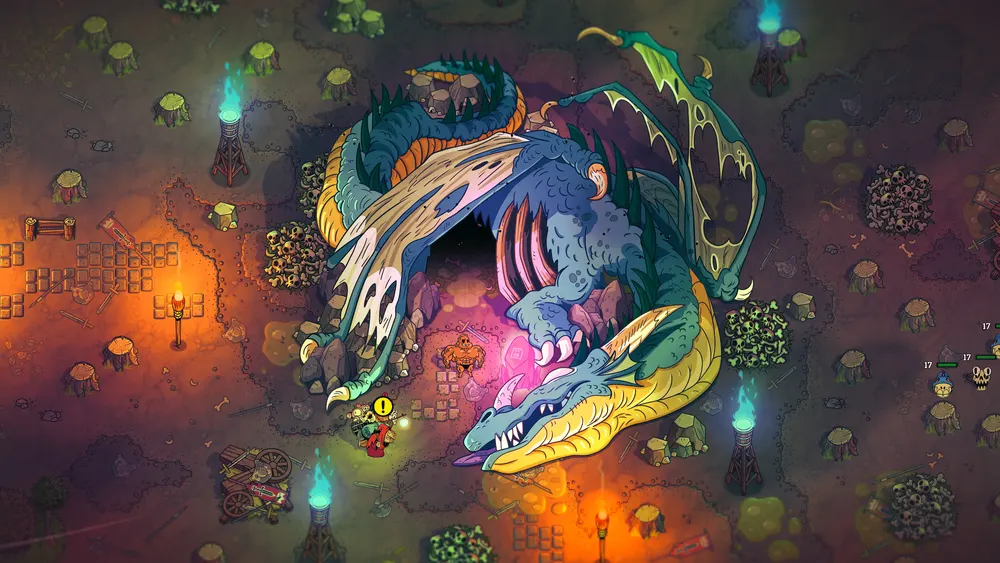
The gameplay has a dreamlike sense of humor, with silly puns and absurd characters you’ll encounter. You’ll battle ordinary foes like goblins, bees and skeletons, but also rescue villagers with strange requests and solve quests with odd punchlines. There’s an old-school feel to the RPG mechanics and humorous adventure tropes that sets a lighthearted and fun tone.
The 2D visuals are colorful and charming, with hand-drawn animations that give each form a unique personality. The soundtrack features upbeat chiptune melodies that fit the whimsical vibe perfectly. And the tight and responsive controls make switching between forms on the fly feel super satisfying.
With 15 different unlockable forms to master, tons of side quests to complete and optional challenges to tackle, Nobody Saves the World provides dozens of hours of shape-shifting adventuring. If you’re in the mood for an enchanting RPG with a fresh hook, this indie game delivers excellent escapism along with clever form-based puzzles and combat. So grab your sword and get ready to shift shapes, because Nobody Saves the World – but you might!
Death’s Door
Death’s Door is an action adventure indie game from Acid Nerve that puts a unique twist on the typical Zelda-like formula. You play as a crow whose job is to reap the souls of the dead, but when one soul is stolen, you must venture through wildly diverse worlds to retrieve it.
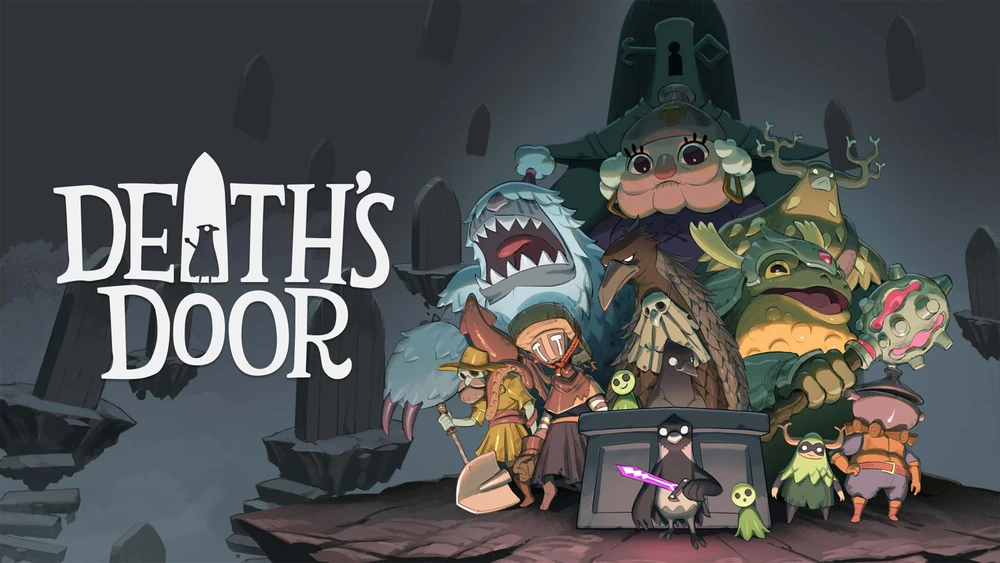
The game’s 2.5D visuals have a charming hand-drawn style reminiscent of The Legend of Zelda: Link’s Awakening. Environments range from fantasy forests and crypts to industrial factories and desolate wastelands, each inhabited by peculiar enemies. You explore these zones from an isometric viewpoint and fight foes using your trusty scythe.
Combat has an action RPG feel, with light and heavy attacks, dodges and parries. You gain new sword skills by defeating bosses and unlock abilities like a charge attack and ranged projectiles. Taking down enemies rewards you with gold you can spend on upgrades at shrines, allowing you to improve your health, damage and skills.
While fighting plays a central role, puzzles also feature prominently. You solve elaborate environmental puzzles using the abilities you gain throughout the world. This includes manipulating switches, pushing blocks and utilizing portals. Solving these puzzles often rewards you with health and mana upgrades as well as access to new areas.
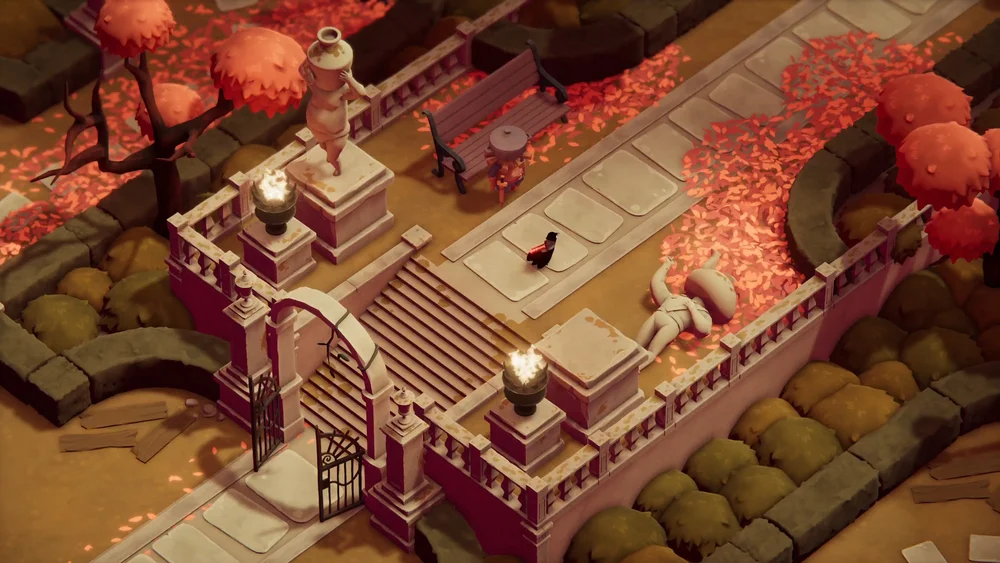
The game has a somber yet witty tone, where death is more of an inconvenience than a tragedy. The crow’s grim reaping job takes on a kind of mundane office worker feel, while various odd characters, like talking doors and vending machine demons, help keep things light. Despite dealing with the afterlife, the game never feels overly serious or gloomy.
With boss fights that are both challenging and creative, great character progression that rewards exploration, and an engrossing storyline told through cryptic clues, Death’s Door delivers a top-notch Zelda-like experience with its own unique soul. If you’re a fan of action-adventure puzzle games that don’t take themselves too seriously, this crow’s journey to the great beyond is well worth the trip.
Lost in Random
Lost in Random is an action adventure indie game from Zoink games that combines Tim Burton-esque visuals with dark fairytale themes. You play as Even, a young girl living in the kingdom of Random where luck determines everything. When her sister Odd is captured, Even must travel through Random alongside a living dice named Dicey to save her.
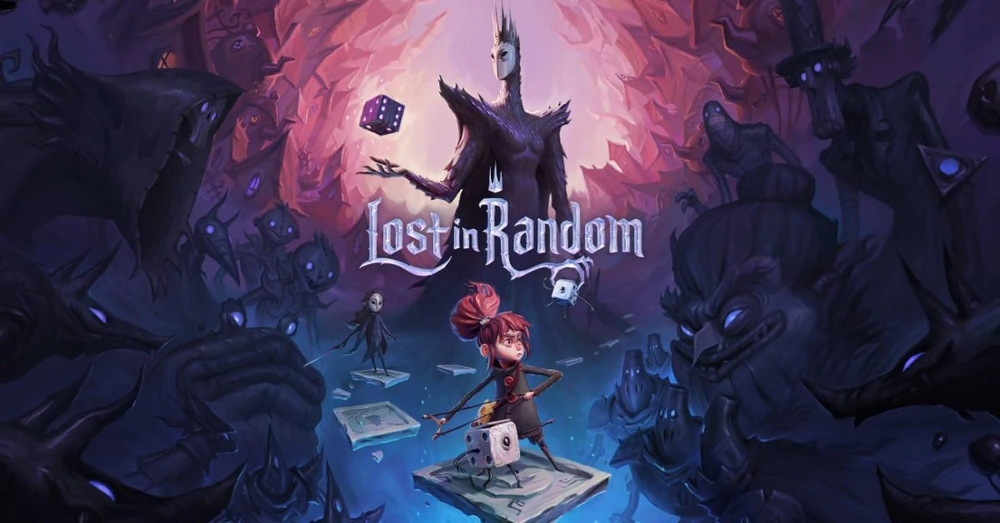
The game’s artwork has a gorgeous paper cut-out style where environments look like dioramas brought to life. Characters are comprised of simple line drawings with color added digitally. The color palette leans towards muted tones with splashes of vibrant reds and purples. Random itself is a dark realm filled with rusted machines and creepy inhabitants.
Combat uses a card-based system where you collect different dice cards and gameplay revolves around rolling actual die. When battling enemies, you select cards which represent different dice with powers attached. Rolling the die dictates what power activates, from dealing damage to healing yourself. As you progress you gain upgrade cubes that let you modify your dice cards to suit your playstyle.
Exploration is puzzle-driven with environmental challenges that range from moving platforms and activating gears to manipulating magnetic fields. Solving these puzzles often rewards you with new dice cards, upgrade cubes or parts to unlock new areas of the world. Dicey himself has a grappling hook that allows Even to reach higher places and cross gaps, adding a Metroidvania element to the experience.
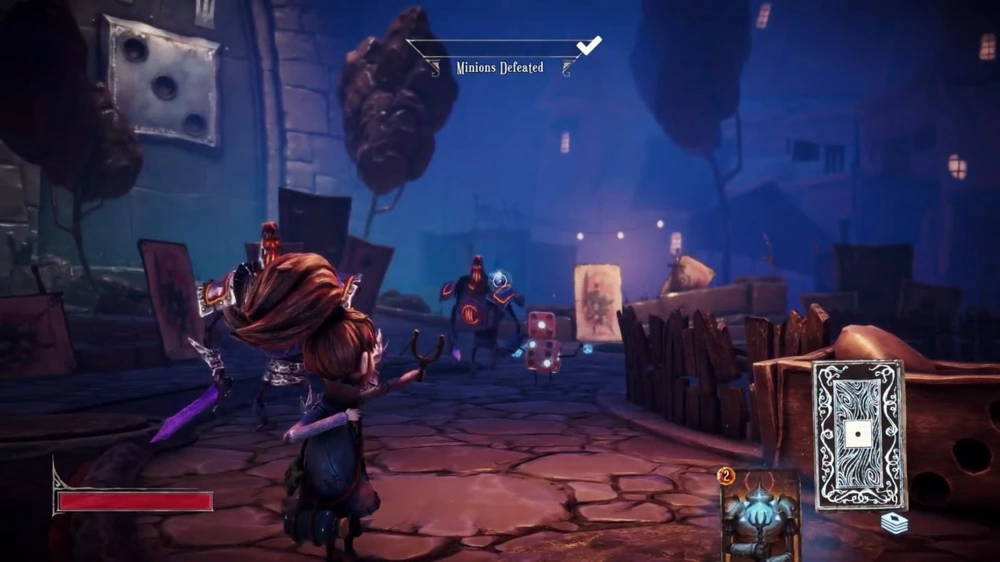
The story takes on elements of dark fairytales like Alice in Wonderland and The Wizard of Oz. Even begins as an outsider in a strange realm fighting to reunite with her sister. Along the way she encounters colorful characters like talking frogs and giant puppet shows that help keep things light despite the grim setting. Even and Dicey develop a sweet friendship that forms the emotional core of the journey.
Overall, Lost in Random blends a fairy tale setting with bleak yet beautiful visuals, rollicking dice-fueled combat and environmental puzzles, and a story of sisterly love against a backdrop of fate and chance. If you’re looking for an indie offbeat adventure game with a dark charm all its own, venture forth into the curious kingdom of Random. The dice are calling your name!
Hades
Hades combines the best parts of dungeon crawlers and Roguelikes into a fast-paced action game with a unique Greek mythology twist. In this indie game you play as Zagreus, son of Hades, who is trying to escape the Underworld by fighting his way through ever-changing chambers, confronting demons and gods alike.
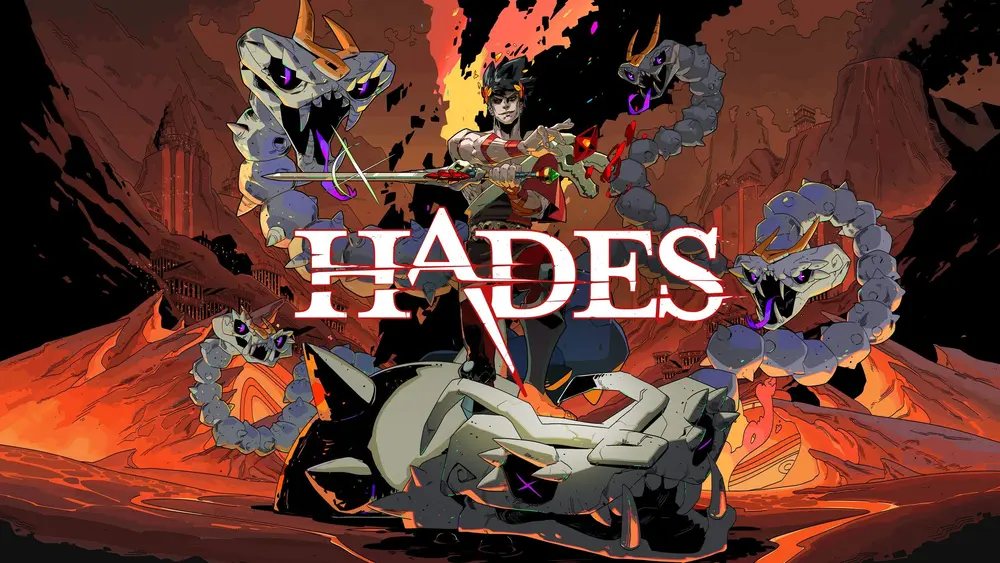
The game’s hand-drawn 2D art style gives it a timeless visual aesthetic. Stylized characters and environments bring Olympus and the Underworld to vibrant life. Interactions with the various gods that populate the realm are filled with witty banter in keeping with Greek mythology.
Combat is fast and fluid, leaning heavily on action gameplay. You choose different weapons – ranging from swords and shields to twin blades and bows – each with their own unique movesets and abilities. You progress by unlocking upgrades called “boons” bestowed by the Greek gods, who literally show up to help during combat. The variety of boon combinations keeps things fresh across multiple escapes.
The Roguelike structure means that when you die you start over from the beginning. But you keep permanent upgrades that carry over between runs, making future escapes a bit easier. You also earn resources to spend on upgrades to your weapons, companions and the rooms of your own chambers in the Underworld.
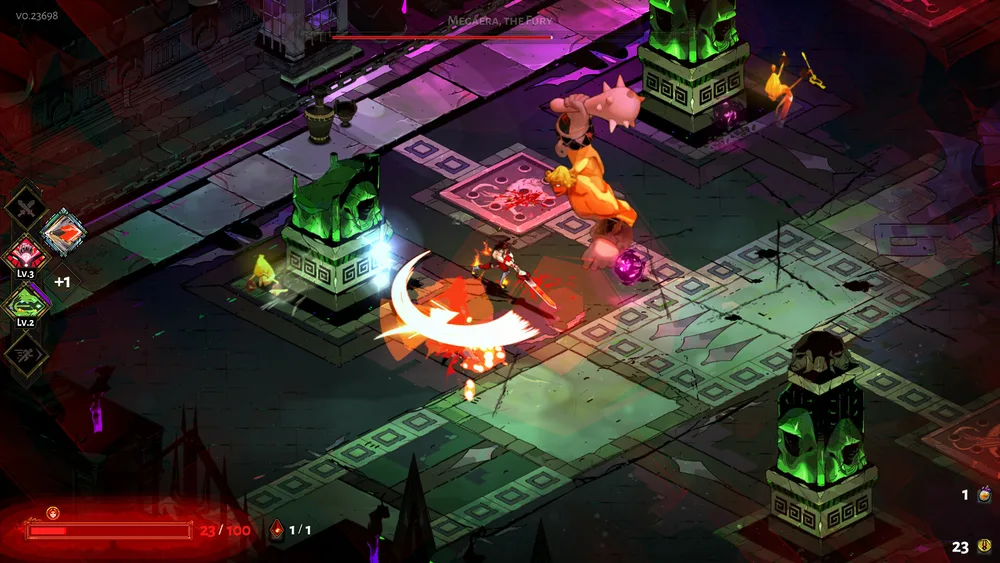
The story unfolds through conversations with the various Greek gods and characters you meet during escapes. They offer new perspectives on Zagreus’s difficult family dynamics and his gradual personal growth. Bonds form between Zagreus and these colorful characters, giving depth to his seemingly impossible quest.
Overall Hades combines fast-paced action, permanent progression and punishing difficulty into an incredibly addictive gameplay experience. The stylish 2D art and contemporary take on Greek mythology bring fresh life to familiar deities and legends. But it’s the story of perseverance in the face of impossible odds, and of forging one’s own path beyond the confines of fate, that truly makes this escape from the Underworld so compelling.
Hollow Knight
Hollow Knight is a meticulously crafted 2D action-adventure indie game with original storytelling and challenging combat. You play as a nameless knight exploring the long-forgotten kingdom of Hallownest filled with secrets, hidden areas and mysterious enemies.
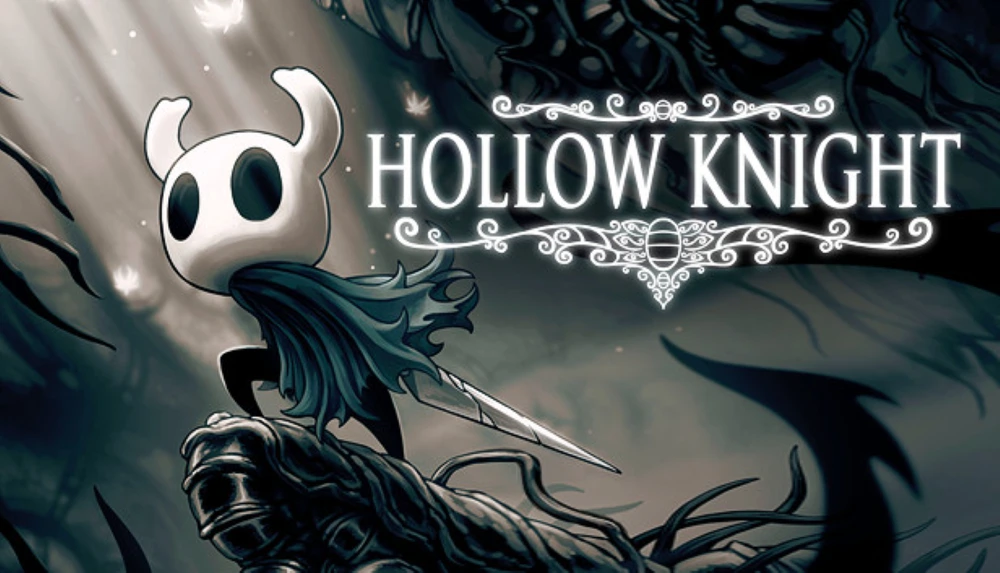
The sprawling world of Hallownest is stunningly designed. Players navigate the kingdom by traversing fungal forests, maze-like ruins, poisoned swamps and decaying cities. The game’s hand-drawn art style uses subtle shades of black, white and grey with splashes of somber blues and greens.
As players progress they gain new abilities like wall jumps, double jumps and dashes, which open up new paths in previously explored areas. Upgrades like the mothwing cloak allow for extended jumps and floaty descents, adding more verticality to combat and exploration. Players must utilize every skill to uncover the plethora of hidden areas and shortcuts.
Combat is punishing yet deeply satisfying. Players fight a variety of creepy bugs and vicious beasts using nail attacks, spells and soul magic. Enemies require precise dodges and strategic use of the knight’s limited abilities. Defeating foes rewards essence used to permanently upgrade the knight’s nail, spells and health. Progression in combat requires mastery of abilities and thoughtful planning.
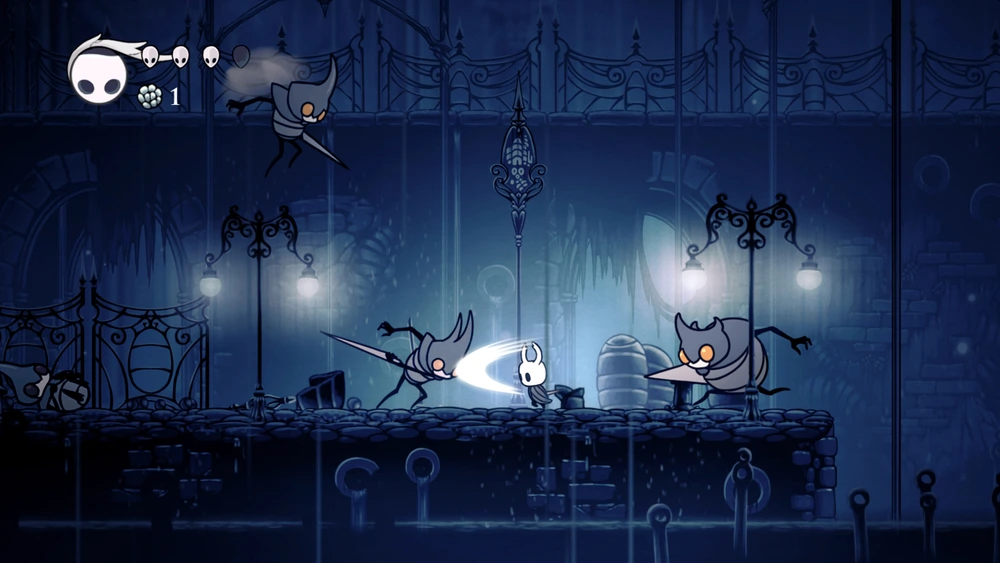
The game’s cryptic storyline unfolds very slowly. Players piece together the history of Hallownest through short dialogues, environmental clues and item descriptions, with minimal text-based exposition. The story reveals itself gradually as players tackle optional quests, explore hidden areas and advance individual plotlines. While the overarching mystery remains elusive, the rich lore of the world is compelling enough to drive further exploration.
Overall, Hollow Knight succeeds by challenging players with its punishing yet fair combat system, rewarding curious exploration with constant discoveries and drawing players into its somber yet imaginative world through subtle storytelling. The beautifully designed world of Hallownest – at once mysterious, cruel and majestic – makes the knight’s bewildering quest through the long-forgotten kingdom a truly memorable journey.
Little Nightmares
Little Nightmares is a haunting puzzle platformer that combines Tim Burton-esque visuals with dark fairytale themes. You play as Six, a young girl trapped inside The Maw, a huge mysterious vessel inhabited by terrifying distorted giants. Your goal is to make your way through 9 grim chapters in an attempt to escape The Maw and its horrors.
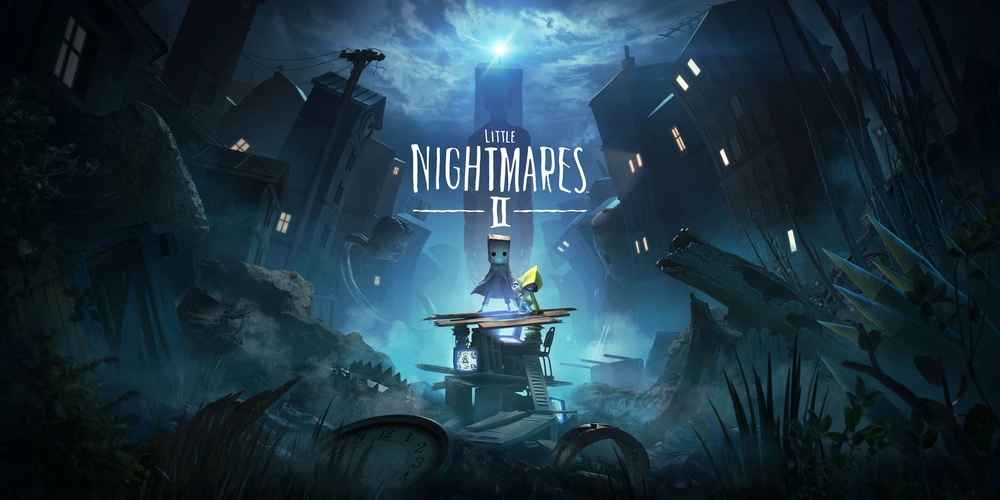
The game’s visual style is what really sets the mood. Everything from the sets and environments to the character designs has a disturbing quality that isn’t overly gory but still manages to unsettle the player. Dimly lit corridors, warped perspectives and mysterious machines create an eerie atmosphere that pulls you deeper into The Maw’s claustrophobic world.
Gameplay consists of exploring each chapter to find a way to progress, avoiding or outsmarting the various Maw inhabitants that want to capture or kill you. This involves swinging from ropes, climbing ladders, squeezing through small openings and pushing boxes to reach higher places. As Six you have no fighting abilities, so stealth and puzzle solving are key to survival.
Each chapter introduces new threats and obstacles that must be overcome using the tools and abilities you acquire. This could mean using a frying pan to stun enemies, finding raincoats to sneak past leeches or putting on rubber boots to walk through flooded areas. Figuring out how to safely navigate each chapter without getting caught drives the gameplay.
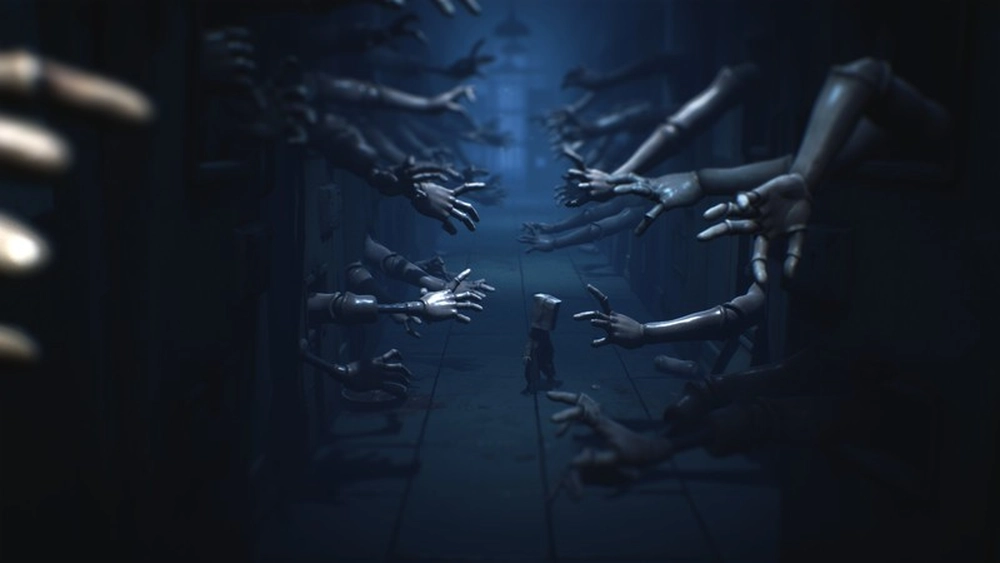
While the story is never explicitly explained, environmental details and subtle clues reveal that The Maw’s inhabitants are performing horrifying experiments on the children they capture. Six’s desire to escape and survive becomes the emotional crux that pulls you through each grim chapter.
All in all, Little Nightmares creates a dark yet compelling world that will stay with you long after finishing the game. The challenges always feel fair, and overcoming another obstacle brings a true sense of accomplishment. But more than anything, it’s the haunting visuals and tone that will burrow into your mind – a perfect storm of creativity and unease unlike any other game.
12 Minutes
12 Minute is a mystery indie game where you wake up trapped in an apartment, accused of murdering a woman named Anna. As you investigate clues and interrogate suspects over the course of 12 minutes, plot twists start to reveal that you may actually be the murderer suffering from amnesia. But when those 12 minutes are up, you suddenly find yourself back at the very start with no memory of what just happened.
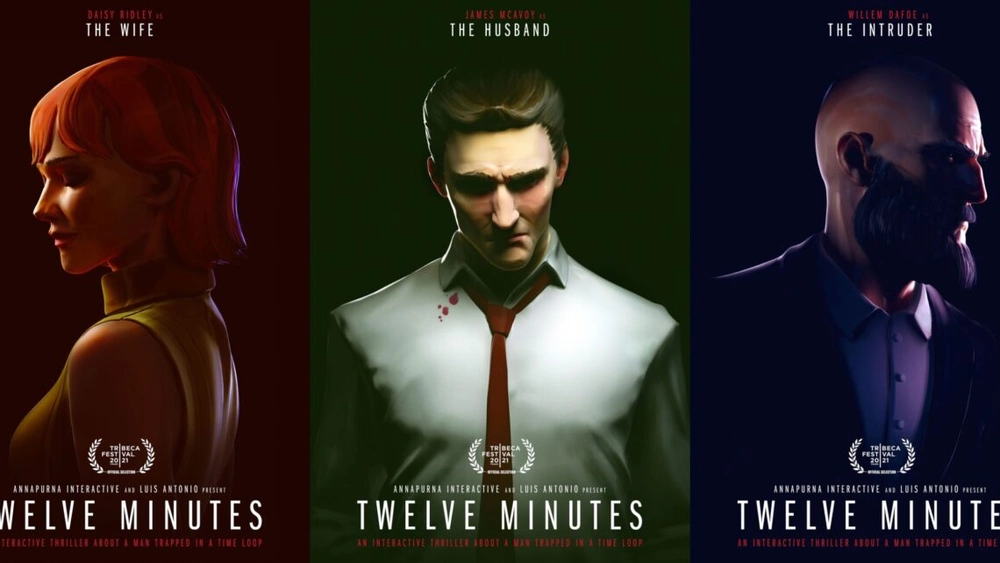
This “time loop” mechanic acts as the central puzzle at the heart of 12 Minute. Every 12 minutes you essentially “replay” the same short scenario from the beginning, retaining none of the clues or information you discovered in previous loops. But small changes start to occur that hint you’re getting closer to the truth – a new clue appears, a suspect acts differently, a minor detail changes.
The constant resetting to the start functions as a metaphor for the struggle of solving a complex mystery. Clues appear fleeting at first, with easy answers proving illusory upon restarting. Only by meticulously comparing iterations, identifying patterns and testing theories across multiple loops can you begin to solve the puzzle and break free.
This forces you to approach the mystery from a more methodical standpoint. You begin documenting your findings, formulating hypotheses and strategically changing your lines of inquiry between loops. Interrogating a suspect can yield new information, but only if you ask the right questions based on clues from the previous loop. Some actions even change the progression of future loops, forcing you to adapt your investigation accordingly.

The frustration of forgetting everything you learned each time feels distressingly “real”, mimicking the way our memories actually work. But it also serves as a means to distill the experience down to its irreducible essence – a whodunnit you’re destined to solve no matter how many times you have to start over. The repetition imbues even minor progress with a sense of victory, making any breakthrough across loops feel enormously satisfying.
In the end, being trapped in a 12 Minute time loop perfectly mirrors the struggle of piecing together a complex and tangled mystery. Only through patience, perseverance and an ever-widening web of hypotheses can the truth finally be untangled – one 12 minute iteration at a time.
Hollow Knight is a 2D Metroidvania action-adventure game. You explore a large interconnected world, gain new abilities to access new areas, and battle bosses.
Lost in Random is an action-adventure game with collectible card game mechanics. You explore a dark fairytale world while fighting enemies using dice-themed cards that you collect.